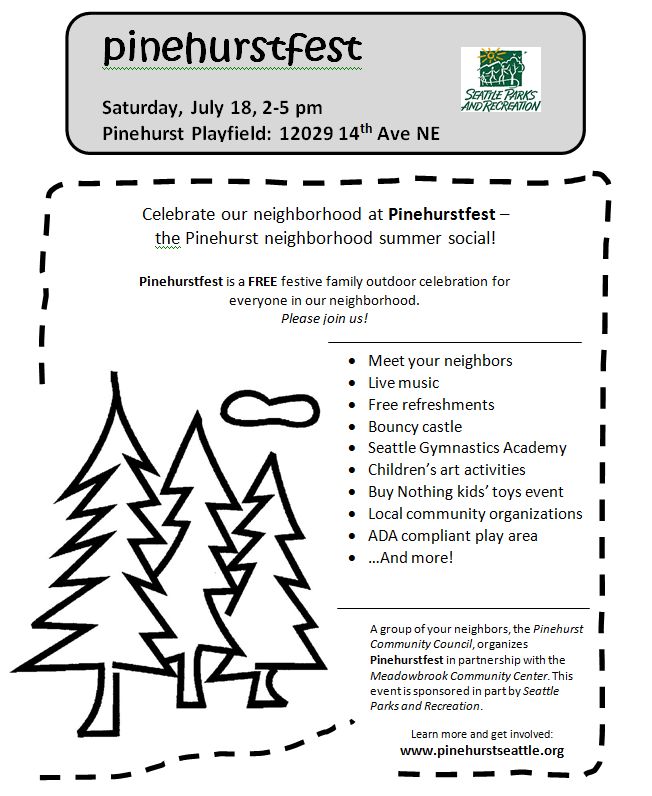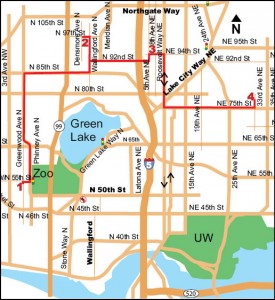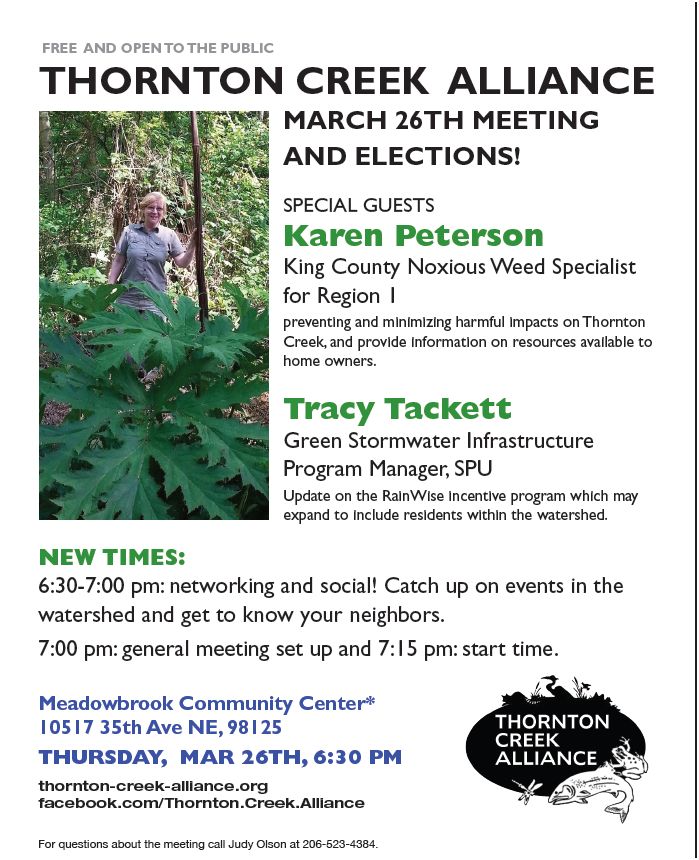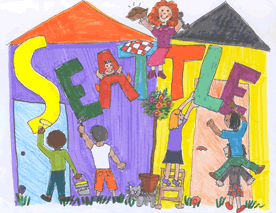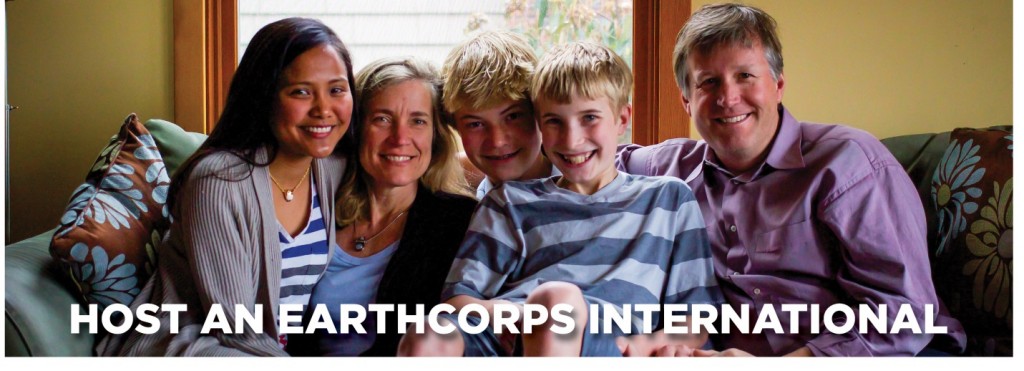A Pinehurst neighbor, Ross B, wrote an article on Seattle Transit Blog about some possible bus routes for when we get a NE 130th St Light Rail Station. This would hopefully be opening at the same time as Lynnwood Link (2023) and would help create better connections to the whole Link system as well as let us design some better East-West connections for Pinehurst and the north end. This is based on some previous work by David Lawson. There is a Google Map you can look at but the route by route analysis is also fun for the wonky ones out there. This is just one idea but I think it’s important to start looking at it now. And it’s exciting to see how great things could be. I’ve included the full post here with permission.
I thought it might be interesting to see what bus routes in the north end would look like, if a station was added at NE 130th. So, I decided to sketch out a proposal.
Map Notes
I used Google Maps to create a route map for parts of the north end. This was a bit of a challenge. There are several advantages of using Google Maps (you can zoom in and out easily, hide various features, choose between different background maps, etc.) but this did require me to manually draw the bus routes. Since I have trouble coloring between the lines, I took a few short cuts. First off, I ignored one-way streets. So, for example, a bus route that follows Roosevelt is drawn only on Roosevelt, even though the bus will have to go on 12th heading north.
I based my routes off of the maps that David Lawson designed. I don’t think I would have attempted this, if not for his excellent work. If I list a route as being the same as one that he designed, and there is a difference, the difference is accidental. I got lazy, and left many bus routes off. I focused on the north end routes, so routes that didn’t go north of the new 71 are left out. The only bus routes that do go north of the new 71 that I didn’t draw are the Rapid Ride D, the 15 and the 28. I would use David’s maps as a guide to see how this fits into the bigger picture.
There are three layers to the map that can be shown or hidden independently. The one titled “Bus Routes” is essential. You may find “Labels” helpful, depending on the zoom level. I find it helpful to show the light rail stops (I only list the ones north of the canal and south of Snohomish County). If anyone has any tips for displaying the information better, or know of tools that they think might be easier to use, please mention it in the comments.
Bus Route Notes
I think you will find a heavy dependence on Link. Almost every bus in the area goes close to a station. Even with the heavy dependence on Link, and the occasional detour, it still provides a much needed grid to the north end. There are individual buses going directly east and west on 125th/130th and 145th. On Northgate, the bus makes a bit of detour, as do the buses on 155th and 175th.
I didn’t attempt to estimate frequency levels, but with the exception of the 71 and the new 41, I think fifteen minutes for just about every line is reasonable. David has that for most of the north end as well. Some of these will likely have twenty or thirty minute frequency, but very few. The new 41 (as I am calling it) will hopefully be at least as frequent as the new 71 (ten minutes).
As should be obvious, the new 41 is a key bus route in this system. I feel it is very important to have fast, frequent service from Lake City Way to Greenwood Avenue along 125th/130th, but by no means is this the only way to achieve this. Sound Transit and Metro run lots of buses along highway 522. Much of that is on bus lanes, which make it a prime candidate for BRT. If BRT could be built along here, and the buses deliver fast, reliable and frequent service, then the 522 (or something similar) could replace the 41. But I drew the 41 assuming that wouldn’t be the case, and that Sound Transit’s 522, for example, would end before Bitter Lake.
So, with all that in mind, here are the bus routes:
Bus Routes
5, 16, 65, 71, 88 — The same routes that David Lawson designed.
40 — This is the same route as David Lawson designed it, but with a small change. I extended it to 145th, instead of the old turnaround for the 41 (more about that below).
41 — This is the key bus route in the area, and why I started this project. Not only does it connect Lake City and Bitter Lake with Link better than the alternatives, but it connects the east and west side of north Seattle extremely well. 125th/130th is simply the best way to cross the freeway, between 85th and 145th. It is straight, fast, goes right by a station and is not as congested as alternatives. The fast connections enabled by this bus are substantial, connecting neighborhoods via buses that travel fast and (sometimes) frequent corridors such as Greenwood, Aurora, Ravenna Avenue NE (not to be confused with Ravenna Boulevard), 35th NE and Sand Point Way. For example, the following connections are fastest using this bus:
- Lake City to 105th and Aurora
- Jackson Park to 115th and Greenwood
- Lake City to Woodland Park Zoo
- Shoreline to Wedgewood
- Mountlake Terrace to Matthews Beach
- Lynnwood to 95th and Aurora
If RapidRide improves, this might even be the best way to get to the north end of Fremont (45th and Aurora) from Snohomish County and Lake City. This is because the new 41 could provide the best connection from Link to Aurora. North of there (145th) means more time spent on Aurora (and less on Link). South of there means time spent backtracking or dealing with bad traffic. Providing the first good connection between the east and west side of Seattle north of 85th means that it will provide the type of transit network that this city has never had. Many of these trips will obviously be in high demand (Lake City or Bitter Lake to the UW or downtown) while others might seem rare (Lynnwood to 95th and Aurora). But these are the types of trips that force people into their cars. Or, to put it another way, service like this can get people out of their cars.
Deciding where to end this new 41 on Lake City Way is not easy. I decided to extend it past the old 41. I have trouble leaving out the very densely populated area between there and 145th.. Folks there could walk (of course) but the logical end of this run is 145th (after which, the population decreases rapidly). Turning around is problematic, but I figured one left turn (at 145th) and a series of right turns would be fairly easy. If this doesn’t work, then this (along with the 40) could end where the old 41 ends.
67 — This is very similar to the 67 that David Lawson designed. It travels up University Way and 15th (instead of Roosevelt) before cutting over to 5th. The interplay between the 67 and 73 is interesting, and can be done any number of ways. In this case they compliment each other in coverage, and only overlap south of 45th. Even that could be eliminated, by making one of them stop there (or at Roosevelt, although that would lose some coverage).
69 — This is similar to the 69 David Lawson designed. South of NE 125th (the Lake City neighborhood) it is exactly the same. But this heads west at NE 145, then north up to Aurora Village via Meridian.
73 — This is a new 73 that follows Roosevelt for much of its route. With the old 41 route gone, there will no longer be service on 5th Ave NE, north of Northgate Way. This will follow Roosevelt, and thus replace it. There will be just as much coverage, and a shorter walk for the majority of riders (since there are more apartments on Roosevelt).
75 — This is the new 75, which follows the old 75 route, south of 125th NE (the Lake City neighborhood). North of there it makes its way over to 130th, then heads over to Shoreline College.
78 — This is very similar to the 78 David Lawson designed. The only difference is that it connects with the station at 145th.
81 — This is similar to the 81 that David Lawson designed. The only difference is that it makes a detour to the Mountlake Terrace Transit Center. I’m not thrilled with the way it does this, but I think it is important that a bus like this directly connect with Link (one way or another).
87 — This is similar to the 87 that David Lawson designed. North of 145, it is the same. At 145th, it crosses the freeway, and serves Meridian.
89 — This serves Kenmore, the 522 corridor, and 145th. This creates a one stop connection from Greenwood Avenue to Lake City Way (including Link) to compliment the 41, which provides the same on 125th.
Doubling Up
There are several areas where bus routes merge. It may be difficult to see from the map. So here is a list of some of the more important ones:
Northgate Transit Center to Northgate Way and Roosevelt — 40 and 88.
Lake City Way, between 125th and 145th — 40, 41 and 69
NE 125th and Lake City Way to Meridian and 130th — 41 and 75
NE 145th, between 30th Ave. NE and Meridian — 69, 78, 89
Conclusion
There are a lot of different ways these routes can be designed. By no means do I think I have the best solution. I’ve done some hand waving as far as where to send buses on highway 522, but I am convinced that fast, frequent service between Lake City Way and Bitter Lake is essential and possible, while still providing excellent service for 145th.
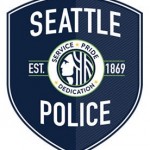 This month’s guest speaker was Pete Holmes, Seattle City Attorney. He explained the function of his office.
This month’s guest speaker was Pete Holmes, Seattle City Attorney. He explained the function of his office.
